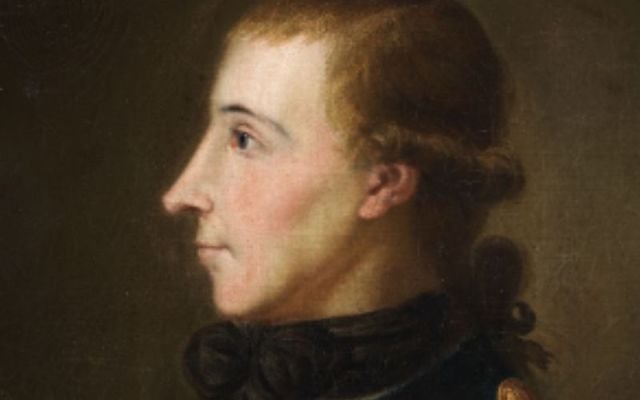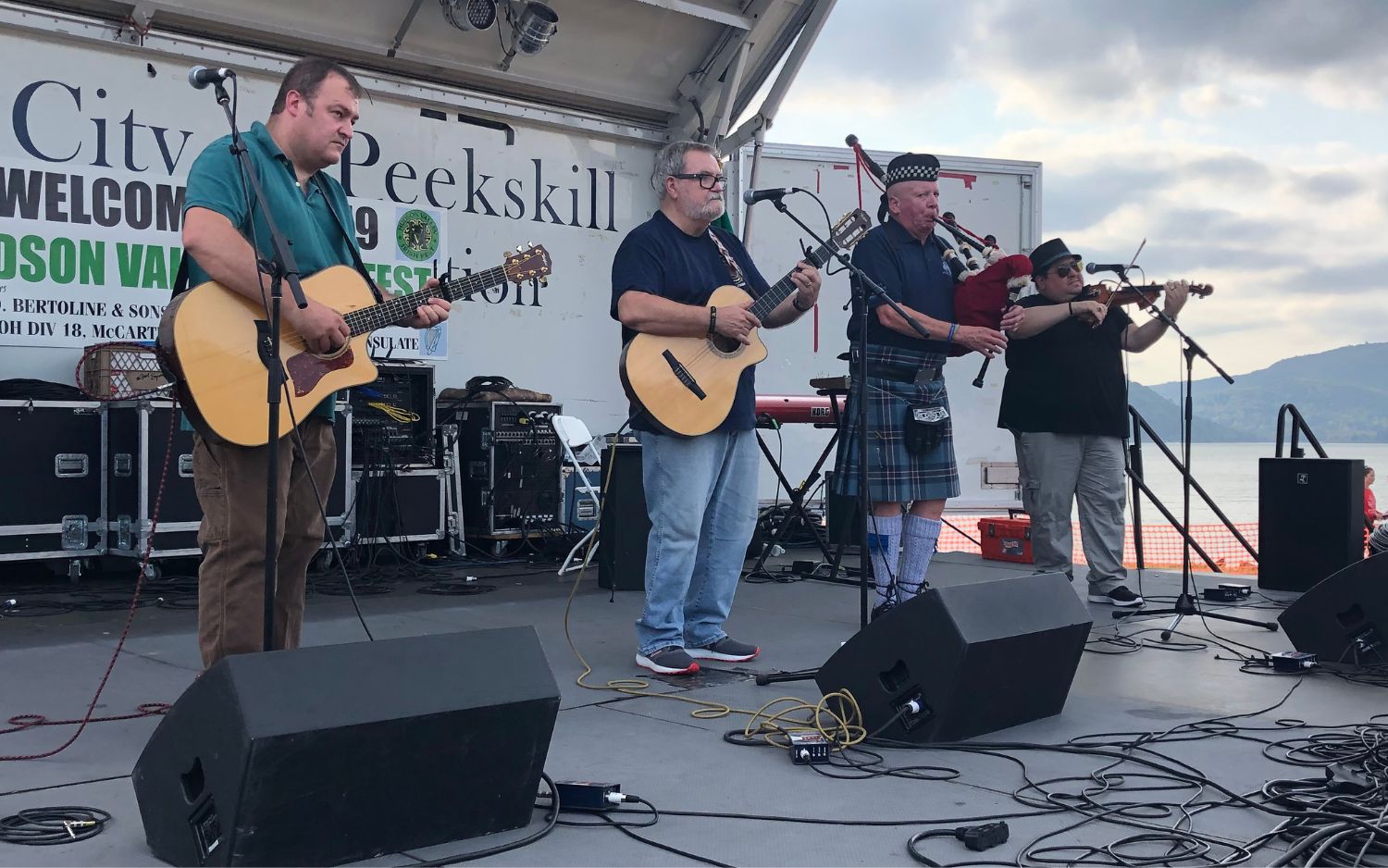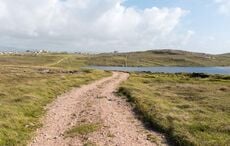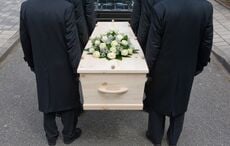In an earlier article for IrishCentral, this author has written about the fascinating life of Irishman George Thomas, who went on to create his Kingdom in the Indian state of Haryana.
Thomas was one amongst many European military adventurers who wanted to avail the increasing opportunities offered by the military labour market of Maratha Empire in South Asia.
Marathas, cognisant of the rising political ambitions of the Europeans in general and the British in particular on the horizon, were on a mission to modernise their army.
In order to Europeanise their army, Marathas recruited several Europeans, amongst them was Irishman William Henry Tone, who not just became a warrior of Maratha Empire but also a scholar.
Tone's “Illustrations of some Institutions of the Mahratta People," published in Calcutta in 1818, has frequently been quoted by writers on Indian matters, notably by Grant Duff, who, in his great "History of the Mahrattas," refers appreciatively to the work of Tone: "I have examined minutely all which this intelligent gentle man wrote respecting the Mahrattas. What he saw may be relied upon…”
Let’s learn more about the life of this Irishman.
Irishman Tone
William Henry Tone, born in August 1764, was the brother of Theobold Wolfe Tone, an Irish republican and revolutionary who sought to overthrow English rule in Ireland and led a French military force to Ireland during the insurrection of 1798.
William's grandfather happened to be a respectable farmer near Naas, in County Kildare, and his father a coach-maker, who was ruined by litigation over the family property.
Tone was intended for a commercial life and bound apprentice at the age of 14 to an eminent bookseller. This enabled him to indulge his passion for reading, and he perused every book of voyages and travels that he could find, and also some of military history and adventure. The books he read inspired him for a life of adventure.
He wanted to go to India, so he ran away to London to join the English East India Company which had a presence in India. Instead of being sent to India, he was sent to St. Helena for garrison duty, but even there he read.
When he met his brother Wolfe Tone after a gap of eight years, his brother was surprised by his gentlemanly mannerisms and knowledge of the best parts of English literature. When Wolfe got to know about William’s wish to go to India he did not stop him. It is said where this is will there is a way, William in the year 1792 reached Madras in India.
In India
From Madras, William went to Calcutta, and from there, he went to serve the Nizam of Hyderabad, King of a successor Turkic state to the Mughal Empire. Nizam’s Kingdom was located in the Deccan region of India.
Later, in 1796, William, aged 32, was given a colonel's commission in the corps commanded by an American adventurer named Boyd thanks to the recommendation of Major Palmer, resident at the court of Prime Minster (Peshwa) of the Maratha Empire in Poona.
Two years later, he was selected by Amrat Rao, the Peshwa's brother, to command a proposed brigade of regular infantry, all the officers of which were to be British subjects, but the idea was abandoned.
William later fought for a man named Lakwa Dada against Scindia Maratha in 1802 at the defence of Soundra, but was defeated by Scindia’s French commander Perron.
As per Herbert Crompton, Scindia’s commander Frenchman Perron acted very kindly with William and supplied him and his officers a handsome camp equipage, such as tents, camels, horses, etc. To Colonel Tone, he offered a commission in Scindia’s army, which offer was courteously declined. Scindia then enabled him to retire to Holkar's capital, there to remain, and furnished him with 10,000 rupees for his expenses and to enable him and his companions to recover their shattered fortunes. Holkar was a member of Maratha Empire like Scindia, both Scindia and Holkar had fought for Marathas as comrade-in-arms but also fought against each other to establish their supremacy within the Maratha Empire, which was one of the reasons for the fall of this mighty edifice.
Serving under Holkar, William was killed in 1802 by a bullet in the right temple in the storming of a fort near Choli Maheshwar (now in Madhya Pradesh state). He was buried just outside Poona in a small Christian graveyard for officers in the Peshwa’s service.
Scholar of Marathas Studies
William observed Maratha Empire keenly and wrote down about it as mentioned before. The term “Military Republic” was used for it by him. As per Surendranath Sen in his book “Administrative System of The Marathas," this is true only in one sense that the meanest soldier, if he had ability, could logically expect to be a Sardar of the empire.
About the capital of Maratha Empire Satara, William wrote, “The country circumjacent to Sattarah (The descendant of Chatrapati Shivaji Maharaja founder of Maratha Empire, lived here) enjoys an exemption from military depredations of all kinds; and whenever any chief enters this district, all the ensigns of royalty are laid aside, and the nagara (Kind of a drum) or the great drum of the empire ceases to beat."
The Metropolitan Police at Poona became a model body during the administration of the last of the Peshwas. The efficiency and honesty of this body had extorted the applause of critics like Elphinstone and William Henry Tone.
As per Sen, Tone says, “It is little remarkable for anything but its excellent Police which alone employs thousand men.
"After the firing of the gun, which takes place at ten at night, no person can appear in the streets without being taken up by the Patroles, and detained prisoner until dismissed in the morning by the Kotwal.
"So strict is the discipline observed that the Peshwa himself had been kept prisoner a whole night for being out at improper hours."
William mentioned about Scindia’s firelocks: "His are very excellent ones far superior to the ordinary European arms to be met with in the Bazars."
The author of this article works as a consultant with Scindia Marathas. Maharaja Mahadji Scindia was the pioneer amongst the Marathas in the modernisation and Europeanisation of his army.
The people-to-people connection between India and Ireland is very old and deep, all the ambassadors of friendship between these two countries need to study it more indeed, especially when Taoiseach Leo Varadkar is a man of Indo-Irish ancestry.
This article was submitted to the IrishCentral contributors network by a member of the global Irish community. To become an IrishCentral contributor click here.




Comments